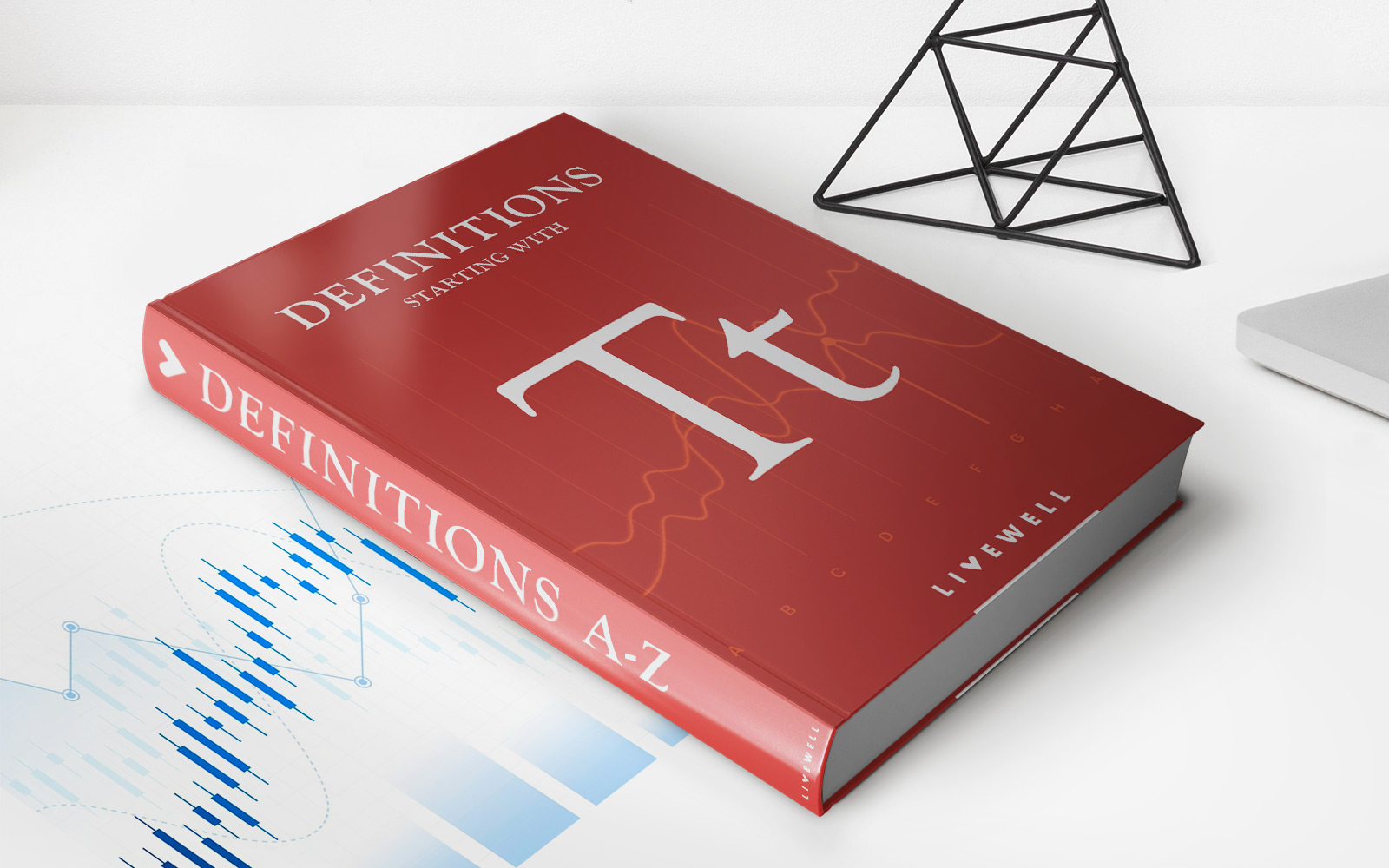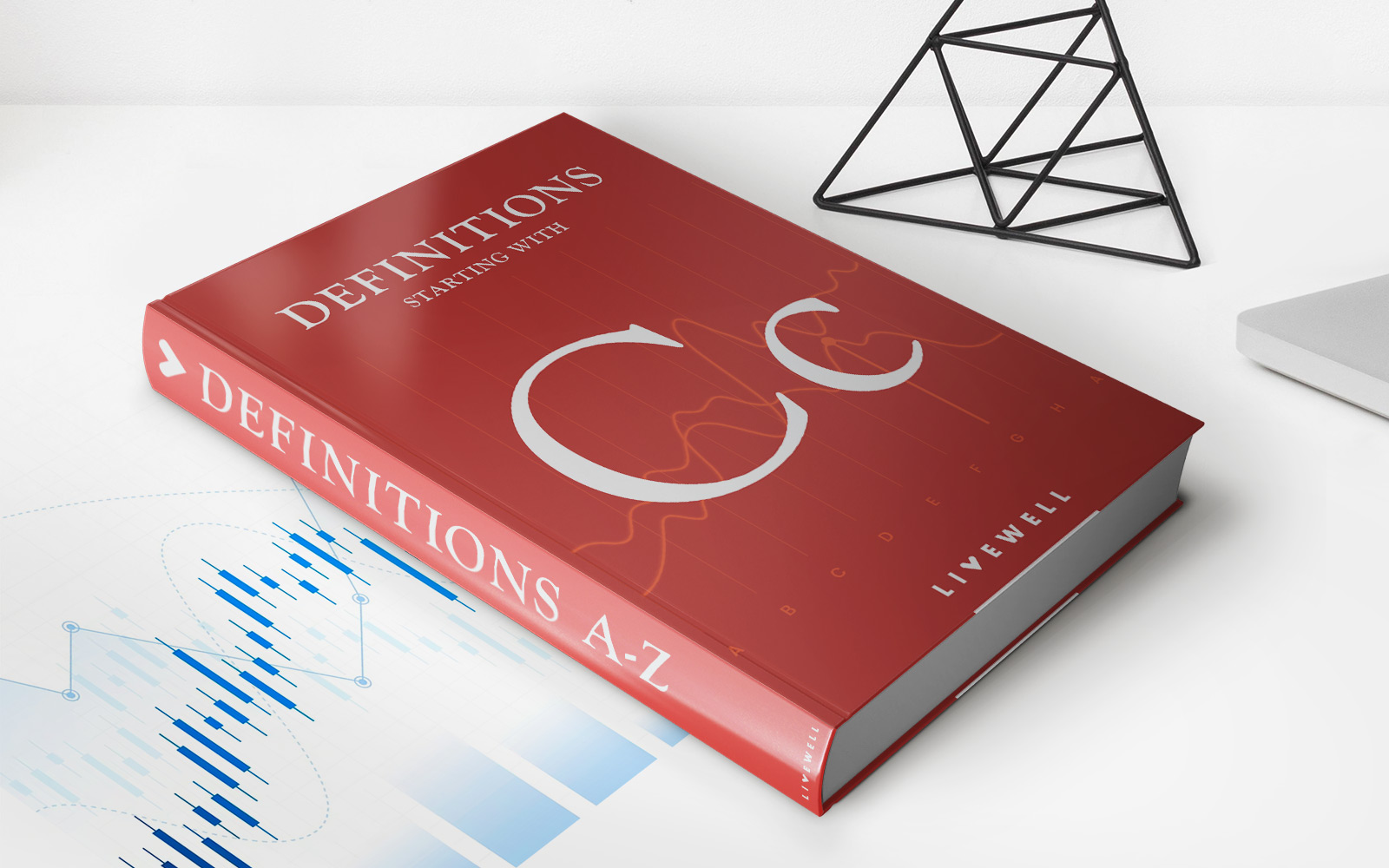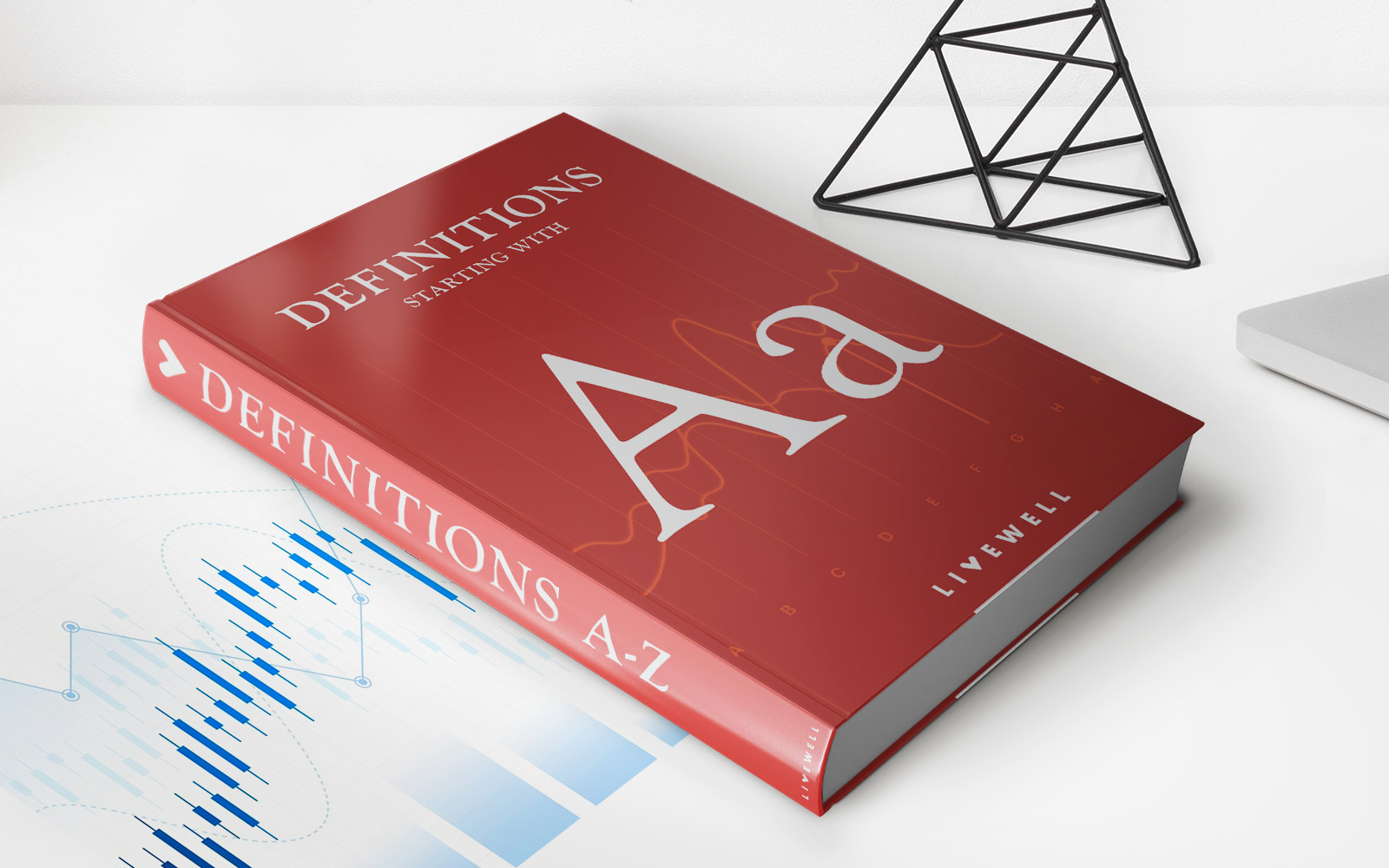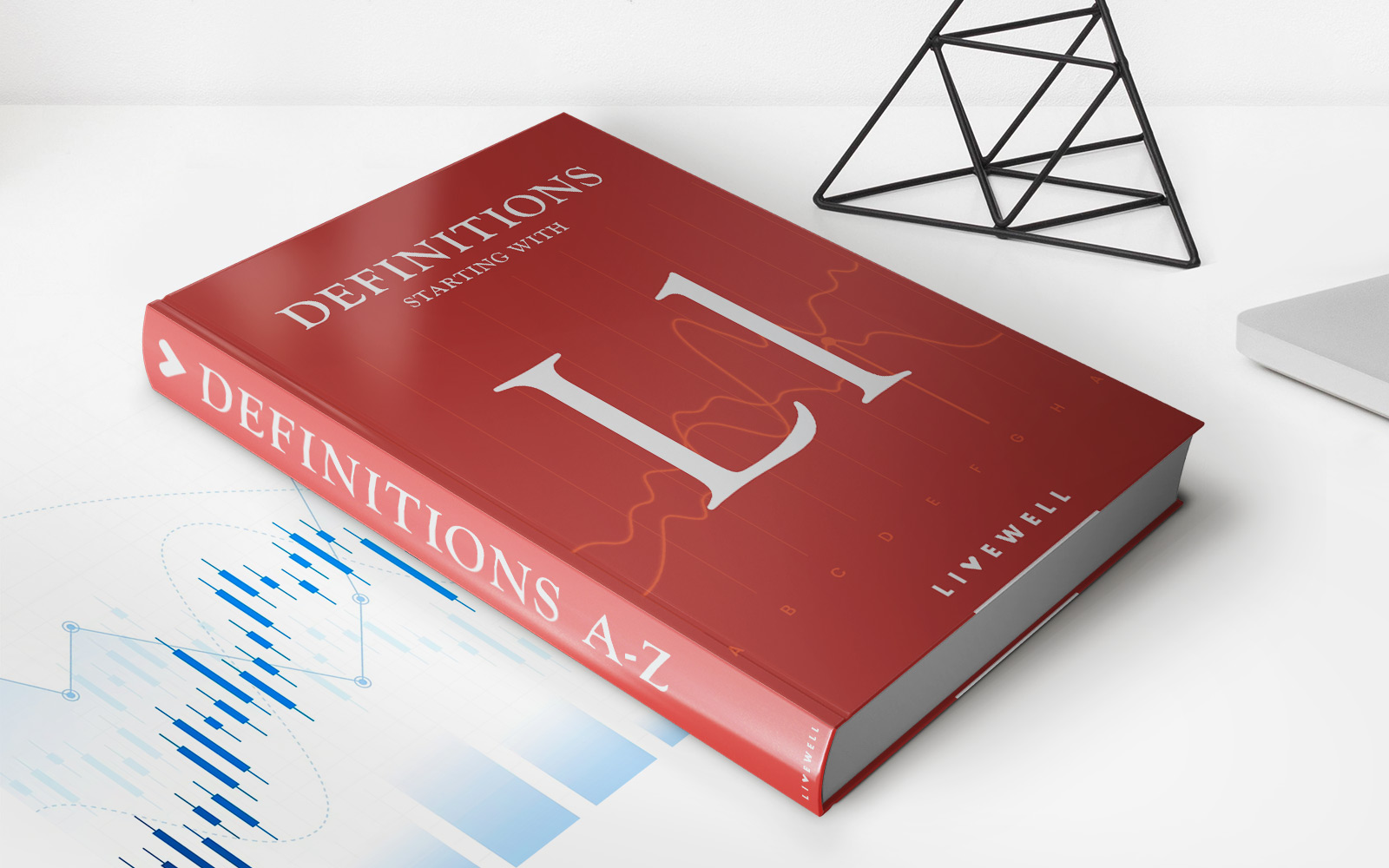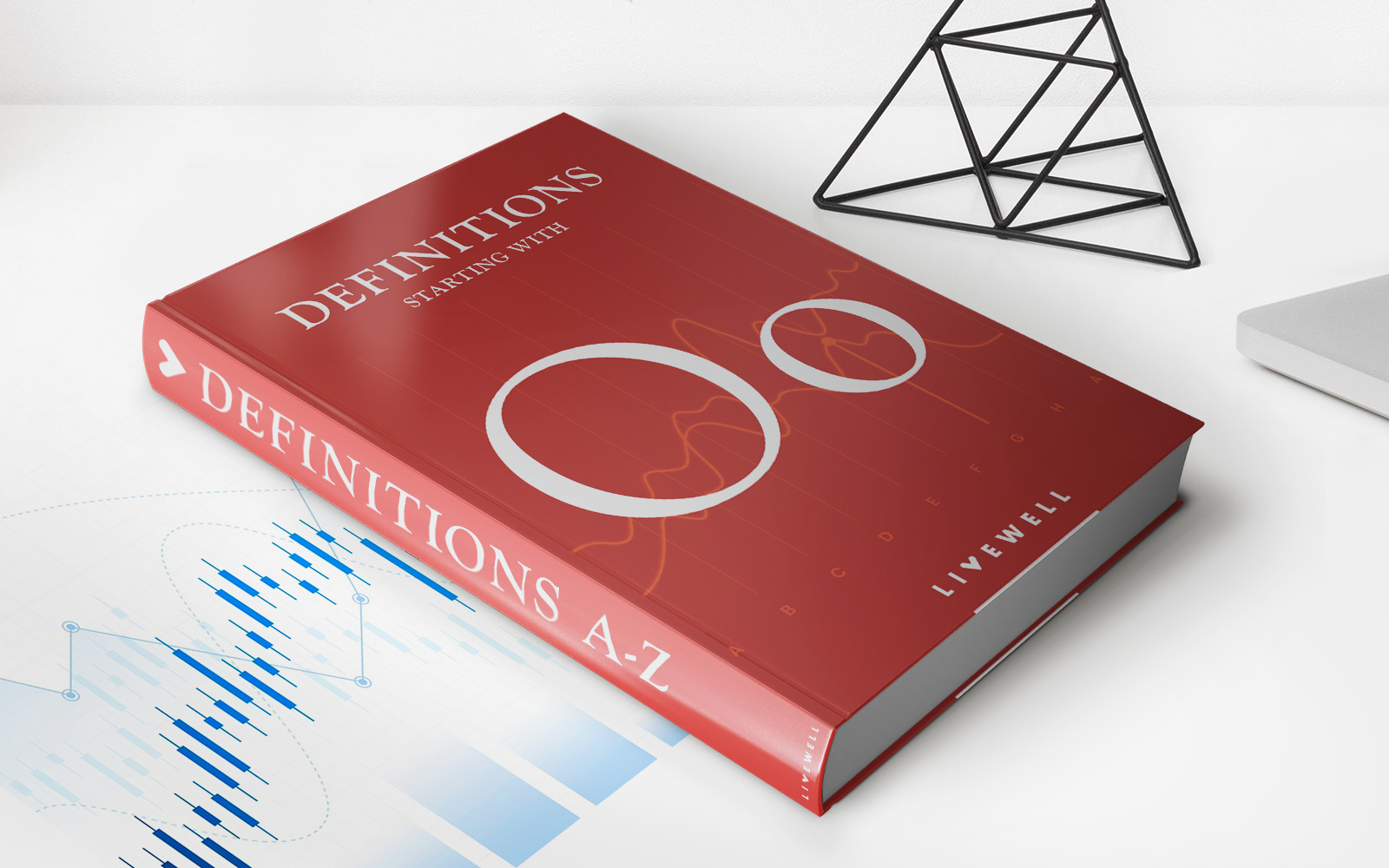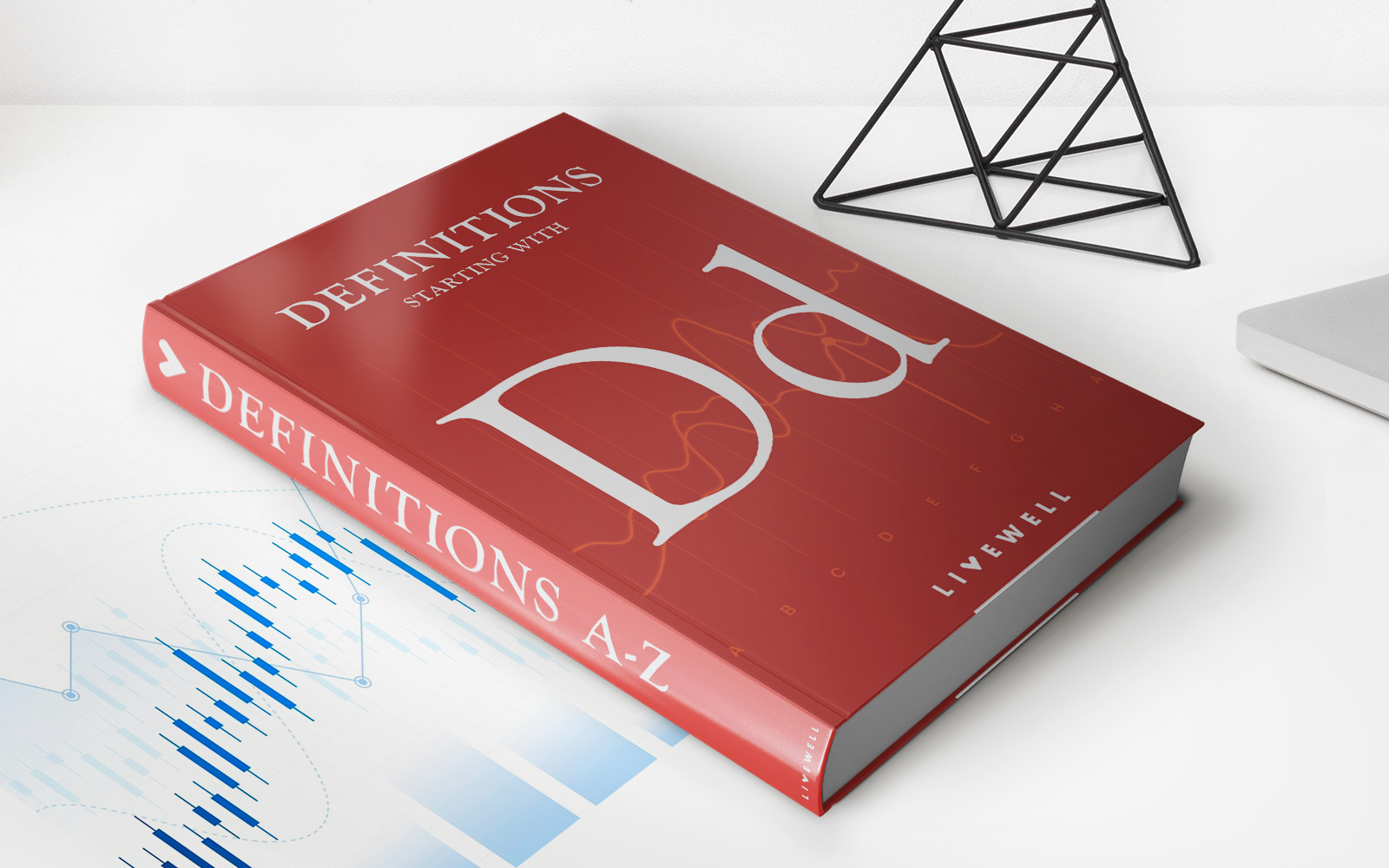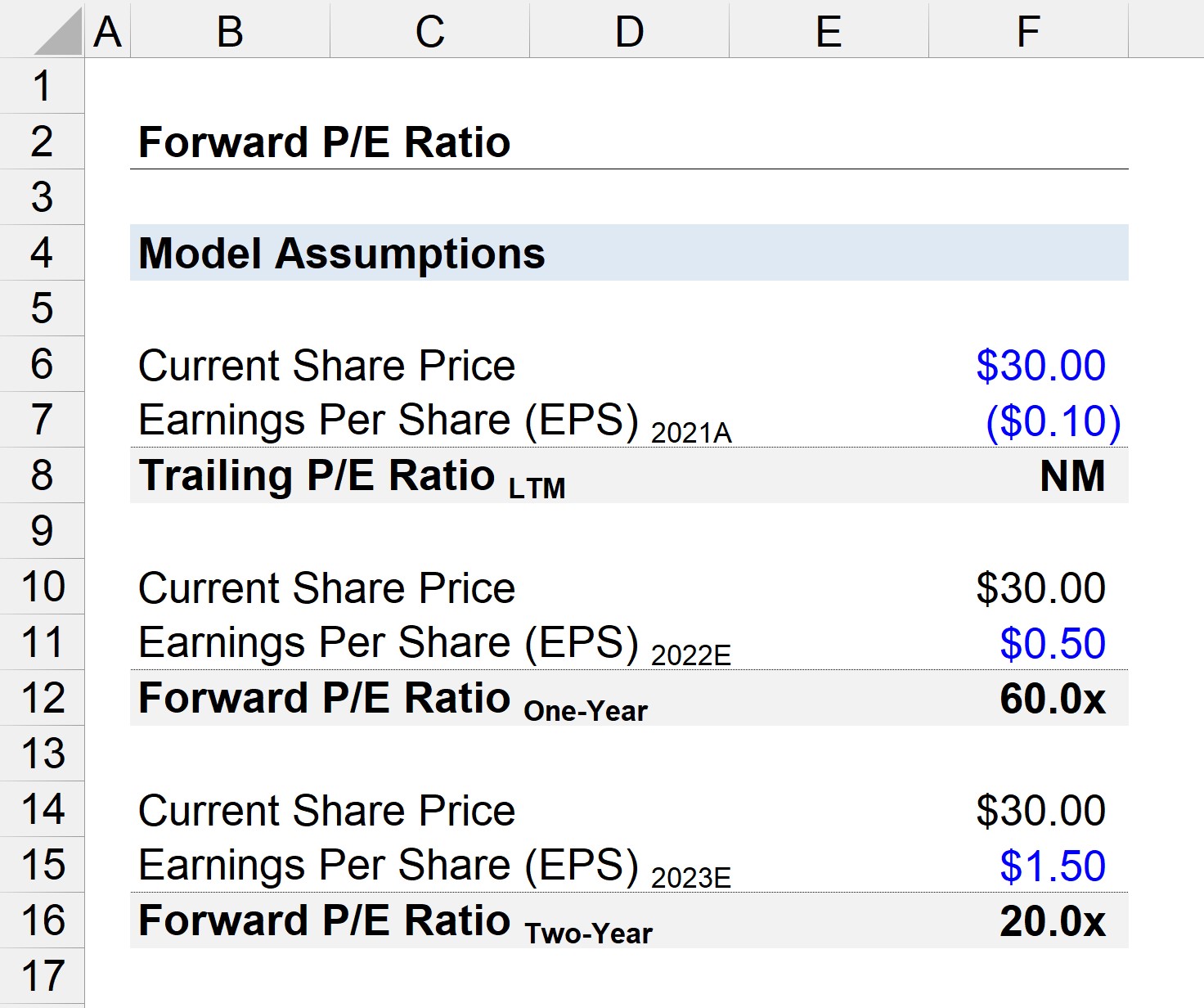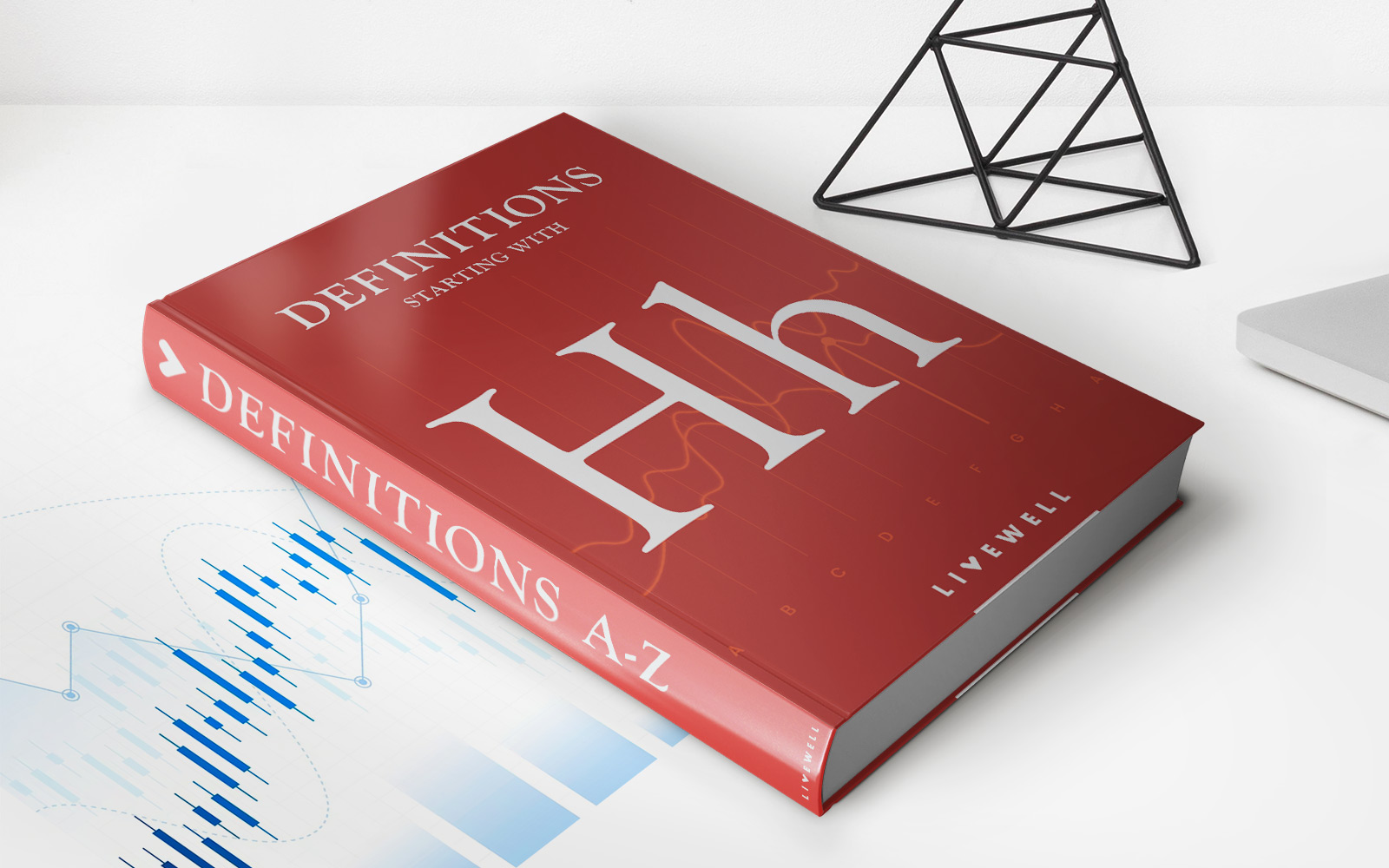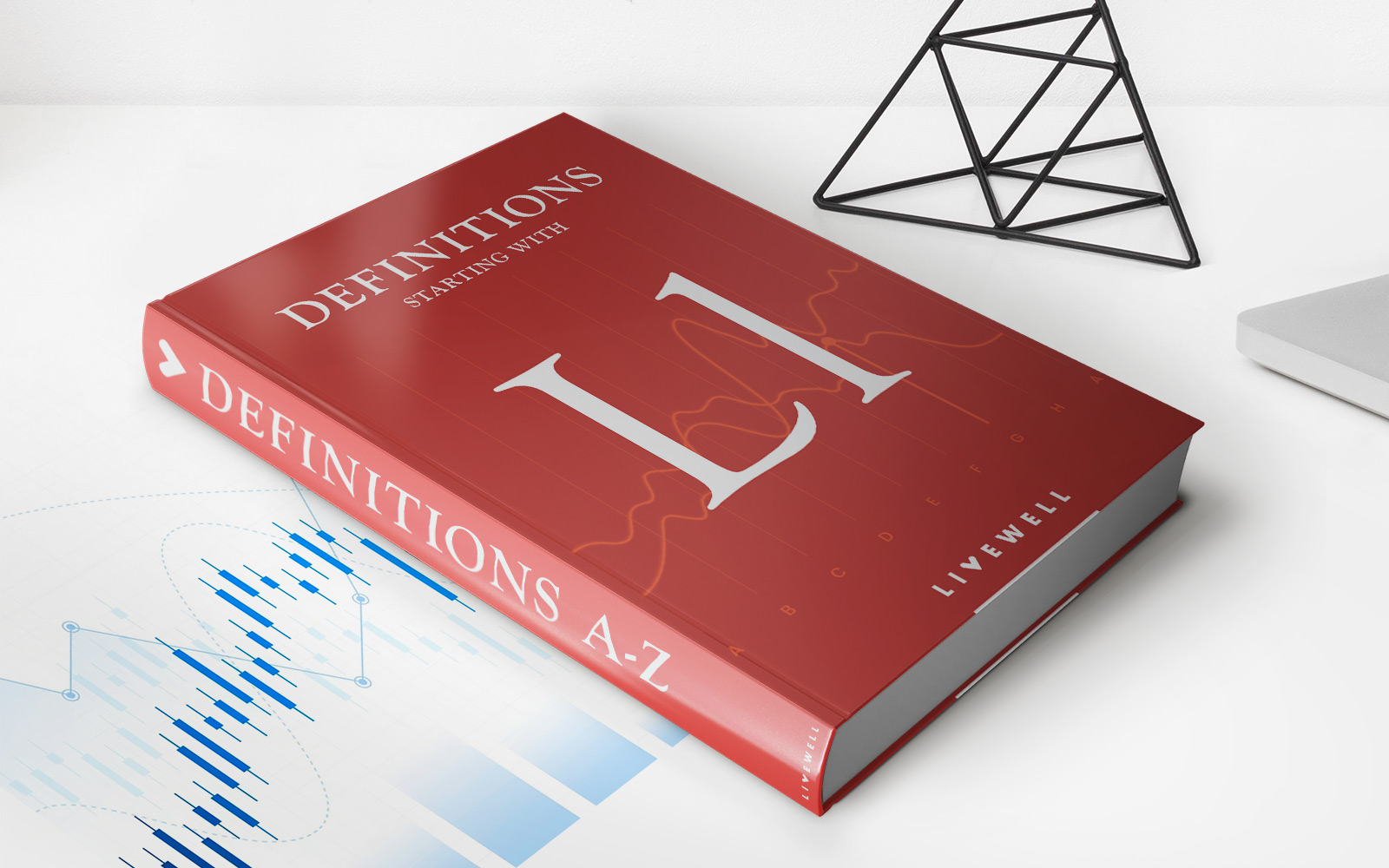Home>Finance>Gearing Ratios: Definition, Types Of Ratios, And How To Calculate
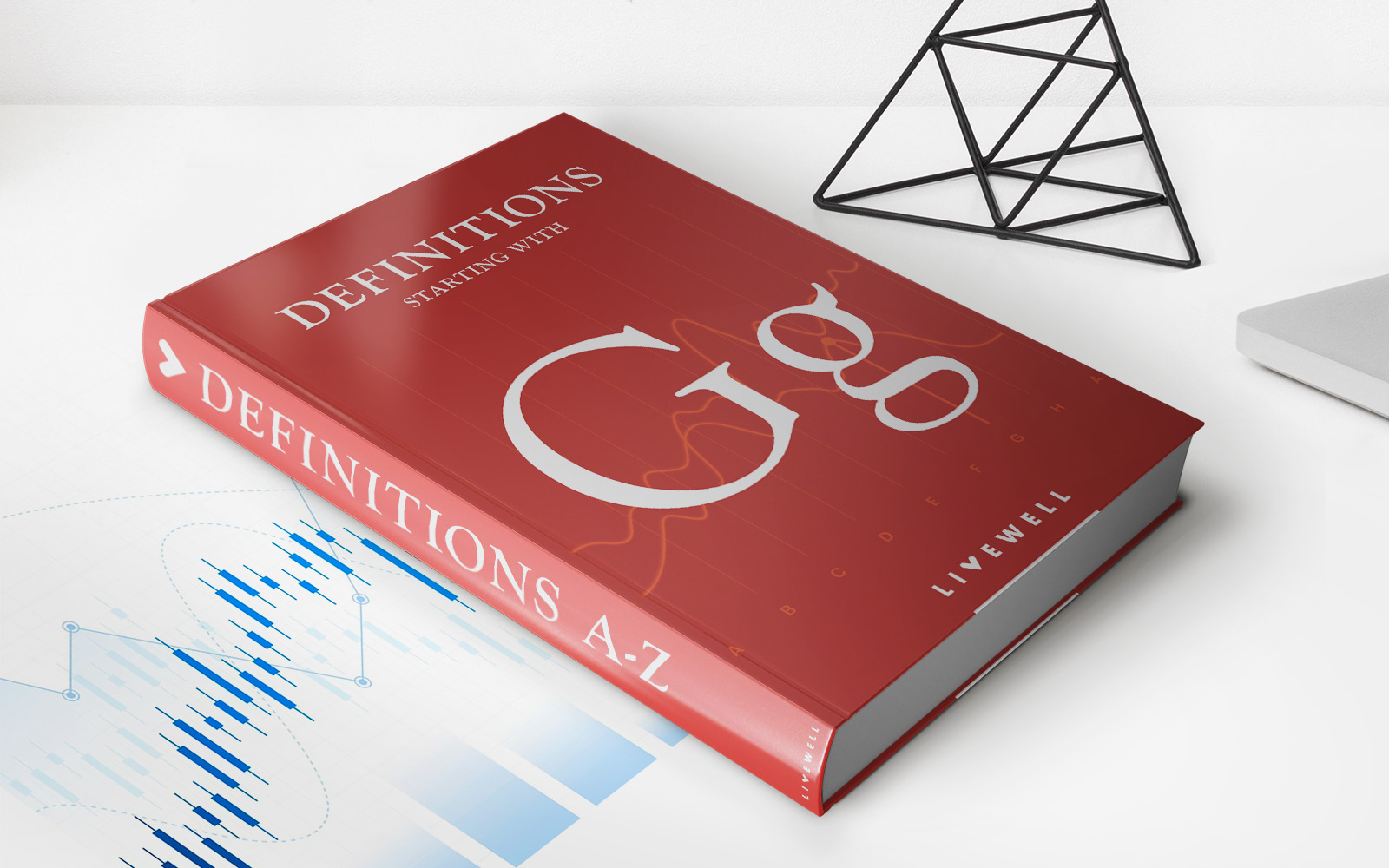

Finance
Gearing Ratios: Definition, Types Of Ratios, And How To Calculate
Published: November 30, 2023
Learn about gearing ratios in finance, including their definition, different types of ratios, and how to calculate them. Gain insights into the financial leverage of a company and make informed investment decisions.
(Many of the links in this article redirect to a specific reviewed product. Your purchase of these products through affiliate links helps to generate commission for LiveWell, at no extra cost. Learn more)
Gearing Ratios: Definition, Types of Ratios, and How To Calculate
Welcome to our Finance category! In this blog post, we will be delving into the world of gearing ratios. If you’ve ever wondered how businesses determine their financial leverage and risk, then you’ve come to the right place. Gearing ratios, also known as leverage ratios, are the key to understanding a company’s capital structure and financial stability. In this article, we will define gearing ratios, explore the different types of ratios, and walk you through the process of calculating them.
Key Takeaways:
- Gearing ratios provide insights into a company’s capital structure and financial risk.
- There are various types of gearing ratios, including debt to equity ratio, debt ratio, and interest coverage ratio.
What are Gearing Ratios?
Gearing ratios are financial metrics used by businesses and investors to evaluate a company’s financial leverage, risk, and ability to meet its financial obligations. These ratios compare a company’s long-term debt and equity to assess its capital structure and determine the level of financial risk associated with the business.
Now, let’s take a closer look at the different types of gearing ratios:
1. Debt to Equity Ratio
The debt to equity ratio is one of the most commonly used gearing ratios. It measures the proportion of a company’s total debt to its shareholders’ equity. The formula is simple:
Debt to Equity Ratio = Total Debt ÷ Shareholders’ Equity
This ratio helps investors and creditors assess a company’s financial risk and decide whether it has a sustainable capital structure. A higher debt to equity ratio indicates a higher level of financial risk, as it implies that the company has a significant amount of debt in relation to its equity.
2. Debt Ratio
The debt ratio measures the extent to which a company’s assets are financed by debt. It compares the company’s total debt to its total assets. The formula is as follows:
Debt Ratio = Total Debt ÷ Total Assets
This ratio provides insights into a company’s financial risk and helps investors determine the proportion of debt in the company’s overall financing structure. A higher debt ratio indicates a higher level of financial risk, as it suggests that the company relies heavily on debt to finance its operations.
3. Interest Coverage Ratio
The interest coverage ratio assesses a company’s ability to cover its interest expenses with its operating income. It is crucial in determining whether a company can meet its interest payment obligations. The formula is straightforward:
Interest Coverage Ratio = Operating Income ÷ Interest Expenses
This ratio helps investors assess the financial health and stability of a company. A higher interest coverage ratio indicates that a company has sufficient earnings to cover its interest expenses, which signifies a lower level of financial risk.
Calculating Gearing Ratios – A Step-by-Step Guide:
Calculating gearing ratios may seem complex, but it’s actually quite straightforward. Here’s a step-by-step guide to help you navigate through the process:
- Determine the financial information needed: Total Debt, Shareholders’ Equity, Total Assets, Operating Income, and Interest Expenses.
- Plug the values into the respective formulas for the desired gearing ratios.
- Perform the calculations, ensuring accuracy.
- Interpret the results by comparing the calculated ratios to industry benchmarks or historical data.
- Draw conclusions based on the ratios and make informed decisions.
By calculating and analyzing these gearing ratios, you can gain a deeper understanding of a company’s financial position, risk profile, and potential for future growth.
In Conclusion
Gearing ratios are essential tools for assessing a company’s financial leverage, risk, and stability. By calculating and interpreting these ratios, investors and creditors can make informed decisions based on the company’s financial health and prospects for the future. Understanding gearing ratios provides valuable insights into a company’s capital structure and financial well-being, making it an invaluable skill for anyone involved in finance.

